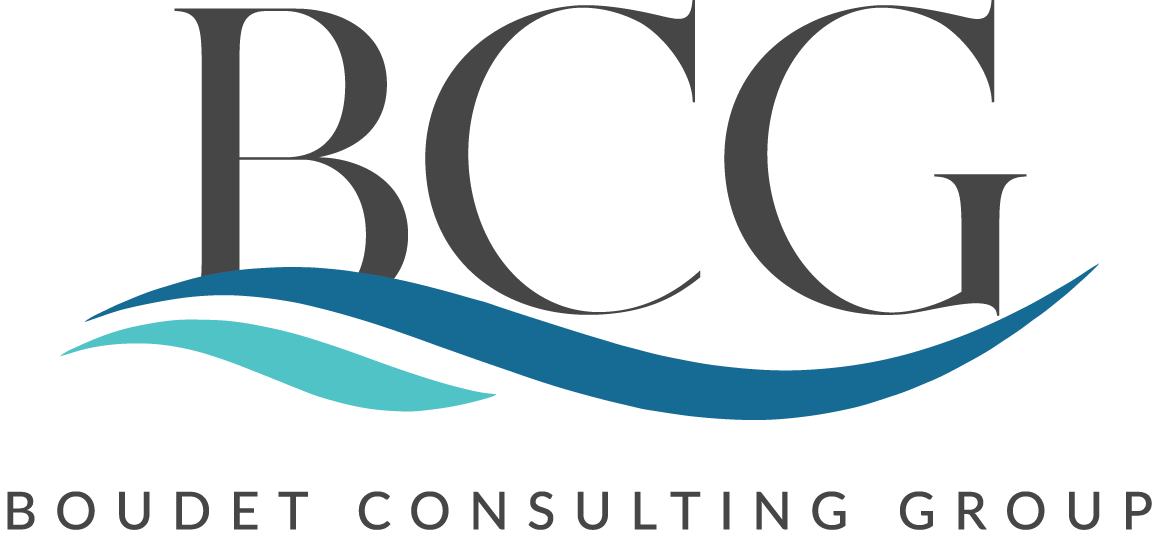SewerBall: The Rolling Innovation That Could Transform U.S. Sewer Systems
When you hear “sewer ball,” you might imagine a stubborn clog somewhere in the depths of a city’s sewer. But the SewerBall™, developed by SUEZ, is quite the opposite — a small, sensor-packed sphere quietly ushering in a smarter way to manage sewer networks.
Designed to roll with the natural flow of wastewater, SewerBall is already solving tough infrastructure challenges abroad. It might just be one of the most promising tools for the U.S. sewer sector — if and when it crosses the ocean.
What Is SewerBall?
SewerBall is a wireless sensing sphere engineered to travel through sewer lines without disrupting the flow. Inside, it houses:
-
pH, temperature, ORP, and conductivity sensors
-
A powerful data system that captures inflow and infiltration
-
Detection of industrial discharges, illegal connections, and structural faults
After a run, data is collected and analyzed to produce a precise, map-like profile of the system — pinpointing issues that conventional cameras or manual inspections often miss.
Why It Matters
Aging sewer systems and climate-stressed infrastructure are costing U.S. utilities billions in over-treatment, emergency repairs, and regulatory fines. Tools like SewerBall offer a smarter path forward by:
-
Identifying I&I that quietly inflates treatment costs
-
Detecting polluting discharges before they create downstream violations
-
Locating hidden defects that drive up repair budgets
-
Covering long distances in a single, passive deployment
It’s a compelling solution that aligns perfectly with the shift toward digital twins, remote monitoring, and predictive asset management.
On the Ground in French Polynesia
While we were not able to witness a live SewerBall deployment during my recent trip, I did spend valuable time with Polynésienne des Eaux, touring SUEZ- water treatment systems on the island of Moorea.
Their approach to small-island infrastructure management, sustainability, and innovation left a strong impression — and reinforced how adaptable, data-driven solutions like SewerBall can support even the most remote or resource-constrained communities.
The U.S. Opportunity
SewerBall has yet to enter the U.S. market — a surprising gap given the scale and urgency of sewer challenges here. With SUEZ continuing to champion global deployment of this tool, the opportunity for cross-pollination is compelling.
We’re not talking about controversy — we’re talking about curiosity and potential.
Could this passive, sensor-rich sphere help utilities de-risk their infrastructure?
Could it provide early warning systems for CSOs, SSOs, or costly pipe failures?
Could it help regulators and operators see what’s really happening underground?
If the answer is yes — and early global deployments suggest it is — then SewerBall could become a cornerstone of the U.S. digital infrastructure movement.
Looking Ahead
Whether you’re a public utility, private system operator, regulator, or asset manager, now is the time to start asking: How can smarter tools simplify compliance, reduce costs, and strengthen resilience?
SewerBall doesn’t just detect problems — it helps us prevent them.
I’m grateful to the SUEZ and Polynésienne des Eaux teams for their hospitality, and for sharing a glimpse of what’s possible when innovation meets integrity in water management.
If you’d like to explore how tools like SewerBall could support your infrastructure goals, BCG Water is here to connect the dots.
If you’d like to learn more:
about the SewerBall technology or upcoming demonstrations, reach out to BCG — we’d be happy to share insights and explore how this innovation can support your infrastructure goals

